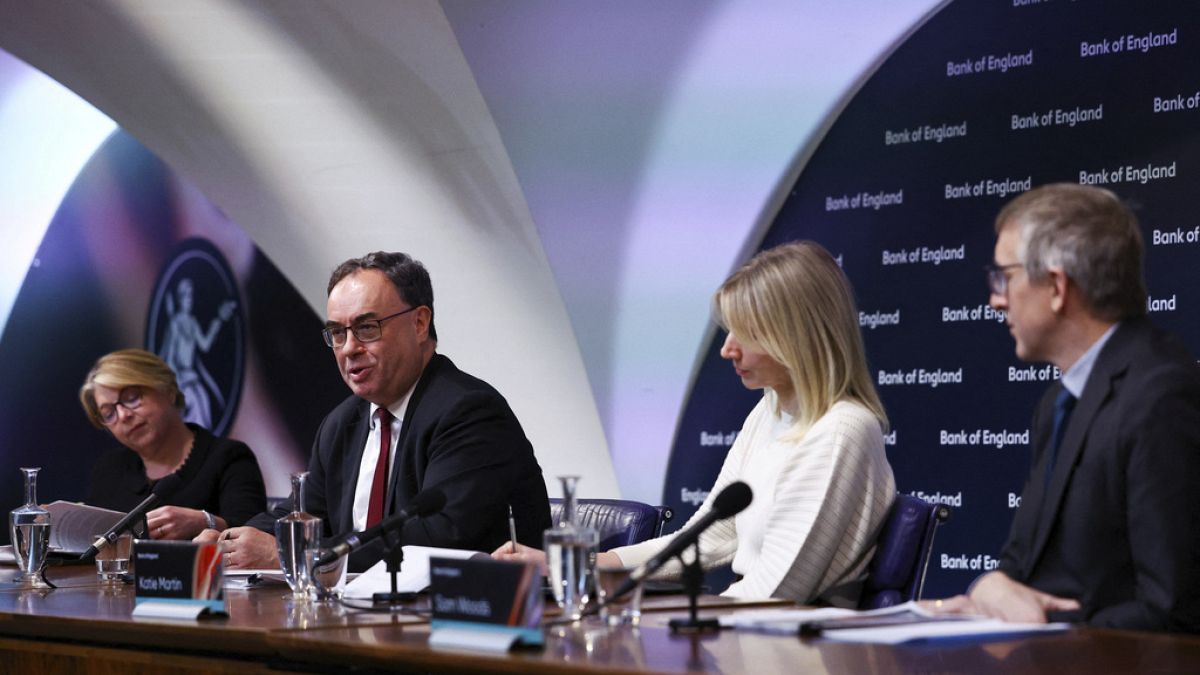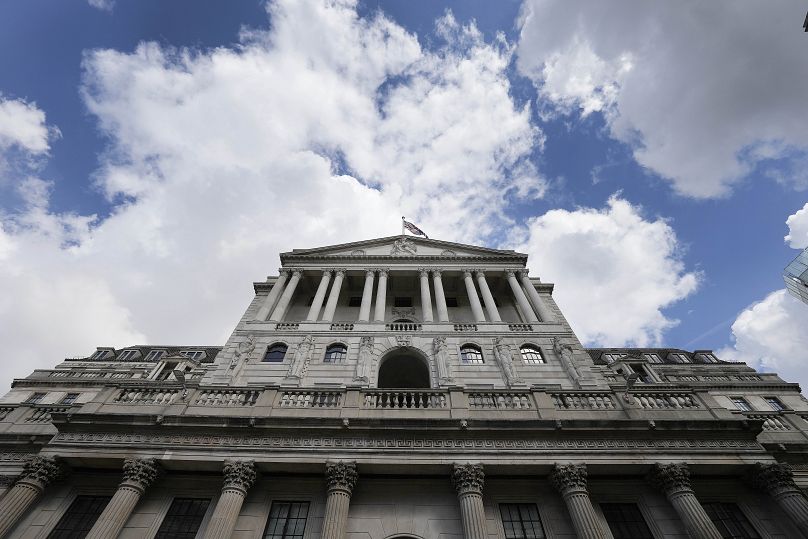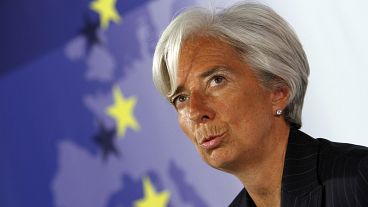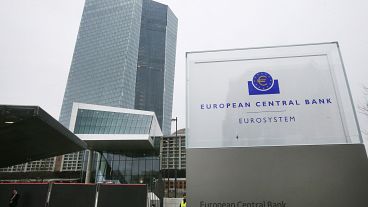In a widely expected move, the Bank of England (BoE), has decided to keep interest rates steady as part of its continued quest to bring down inflation.
The pound sterling gained value on Thursday afternoon after the BoE said it was keeping its base interest rate at a 15-year high of 5.25% in the UK.
Six members of the bank’s Monetary Policy Committee (MPC) voted to keep interest rates stable, against three members who voted to increase borrowing costs by 0.25 percentage points, to 5.5%.
Commenting on the interest rate decision, Andrew Bailey, Governor of the Bank of England said: "We've come a long way this year, and successive rate increases have helped bring inflation down from over 10% in January to 4.6% in October. But there is still some way to go. We'll continue to watch the data closely, and take the decisions necessary to get inflation all the way back to 2%."
In September, the BoE decided to pause interest rate hikes after 14 consecutive raises, moving in response to cooling inflation.
That said, since this decision was taken, the bank has reiterated its reluctance to cut rates too soon, warning that investors shouldn’t pre-empt a change whilst inflation remains high.
The pace at which prices are increasing (Consumer Prices Index inflation - CPI) came in at 4.6% in the year to October, down from 6.7% in September, and far lower than a recent peak of 11.1% in October 2022.
Whilst these figures are easing, they are still above the BoE’s target of 2%.
Experts suggest that the last push against inflation may well be the hardest, especially as recent falls can be linked to last year’s spike in energy costs.
CPI is, however, just one of many indicators that the BoE is monitoring.
On Wednesday, the Office for National Statistics (ONS) published UK GDP data, showing that the economy unexpectedly shrank by 0.3% in October, after analysts had forecast zero growth.
This fall follows a growth figure of 0.2% in September and raises fears of an upcoming recession.
Commenting on the figures, Chancellor Jeremy Hunt said it was “inevitable” that GDP would be subdued whilst “interest rates are doing their job to bring down inflation”.
Despite this, some worry that a prolonged period of high interest rates could significantly harm the UK economy, as high borrowing costs force individuals and businesses to rein in their spending.
“The Bank of England is walking a tightrope,” said Jatin Ondhia, CEO of investing platform Shojin.
“Understandably, it is unwilling to loosen its grip on inflation by dropping rates any time soon. But it also has to be careful not to inflict excessive damage on the UK's contracting economy.”
Other sets of data published by the ONS this week focus on job vacancies and wage inflation.
In terms of job vacancies, the number of available positions in September to November dropped by 4.5% compared to the period from June to August, another indicator that the UK economy is stalling under high interest rates.
Nicholas Hyett, Investment Manager at Wealth Club, commented, “There’s logic to holding rates steady at the moment”, but warned “leave rate cuts too long and there’s a risk the interest rate cure becomes worse than the inflationary disease”.
Regarding wage inflation, salaries excluding bonuses showed a 7.3% annual rise from August to October, lower than the rate of growth seen in July to September.
Whilst this is a sign that interest rates are kicking in, the BoE noted on Thursday that “there remain upside risks to the outlook for wage growth, including from the possible effects of the recently announced increase in the National Living Wage”.
The BoE will also be monitoring global trends, notably the fiscal situation in the eurozone and the US, as well as the effect of the war in Gaza on fuel prices.
On Wednesday, the US Federal Reserve decided to hold interest rates steady, and news from the European Central Bank has also been published today.
Some analysts are now predicting that the BoE will hold off rate cuts until August 2024.




